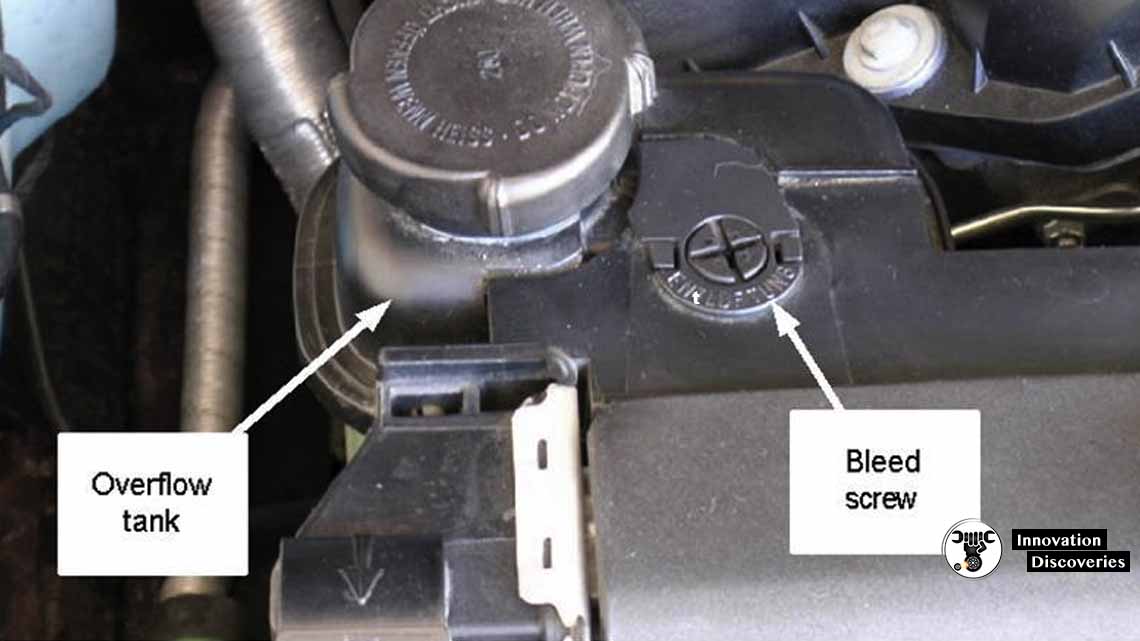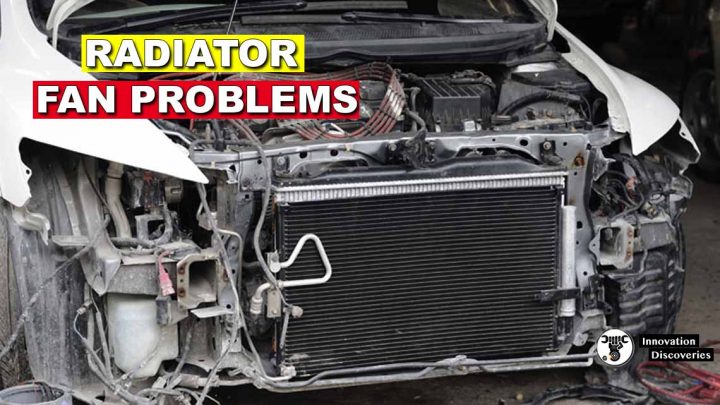To keep your radiator in great condition, you can either flush the old coolant or drain it out. Today, how about we talk in detail on how to drain a radiator.
Bleeding a Radiator
Frequently air gets caught in the upper area of the radiator. At time passes by, that air clears its path through the repository or flood tube, and make air bubbles. What’s more, when it occurs, the coolant can’t go through cylinders and hoses inferable from the air bubbles.
3 Methods of Bleeding a Radiator
Destroy the bleeder valves: there is a worked in bleeder valve in some vehicle models. The sole motivation behind such valves is to drain the blocking air.
Raise the vehicle: hoist the front bit of your vehicle to hold the radiator at a higher point than the remainder of the cooling framework. Thusly, it powers air pockets and disperses the air bubbles hindering the inside. Extricate the repository tank top or the radiator top to speed up the procedure.
Top off the radiator and turn on the motor: actuate the motor in the wake of expelling the radiator top. Keep the vehicle right now it hits the normal temperature level. Following 15-20 minutes the vehicle will create enough warmth to push out air impeding the cooling framework. You may need to include different coolants a short time later.
Flushing a Radiator
At the point when you flush a radiator, it builds the future of the warmer and invigorates it. The entire procedure is too simple to follow and doesn’t take over 30 minutes.
Tools and Materials
- Fresh coolant
- A garden hose
- Pliers
- A drain pan

Prep the Radiator
Spot a channel skillet under the vehicle to get the old coolant. Expel both the channel fitting and top from the radiator. As you expel the top, the old coolant begins filling the container underneath.
Flush the Radiator
Utilize the nursery hose to water the radiator with a light stream. In that manner, the water will deplete out. It is a viable method to flush the radiator. Keep an eye to see whether the water is depleting out. Evacuate the nursery hose when the radiator is spotless.
Bleed a Radiator could be fixed by replacing the Coolant
A standard blend ought to contain half water and half coolant. In the wake of filling the radiator in, change the top. Fill gradually to keep away from water development. You can keep the nose of your vehicle higher than the remainder of the body by leaving it.
Turn the motor on when the coolant is unmistakable. As the motor temperature goes up, continue adding more coolant to occupy the rest of the spaces.
Fill the Overflow
Presently put coolant into the repository tank. A full flood tank implies the radiator doesn’t have any room left for potential air bubbles that may make an issue.
Check Your Work
After you have done topping off the radiator, drive the vehicle to keep the motor warm. Likewise, keep up the radiator on to blow sight-seeing. Presently stop the car and let it chill off and review the liquid level. On the off chance that essential, include additional coolant.
Read More:
- Replacing the Bendix gear
- What is Servo Motor and its Types?
- A/C Expansion Valve (How it Works, Failure Symptoms, and Replacement Cost)
- Limited Slip Differential vs Locking Differential
- How to Clean a Car A/C Filter (Cabin Filter) and How NOT to






5 Comments